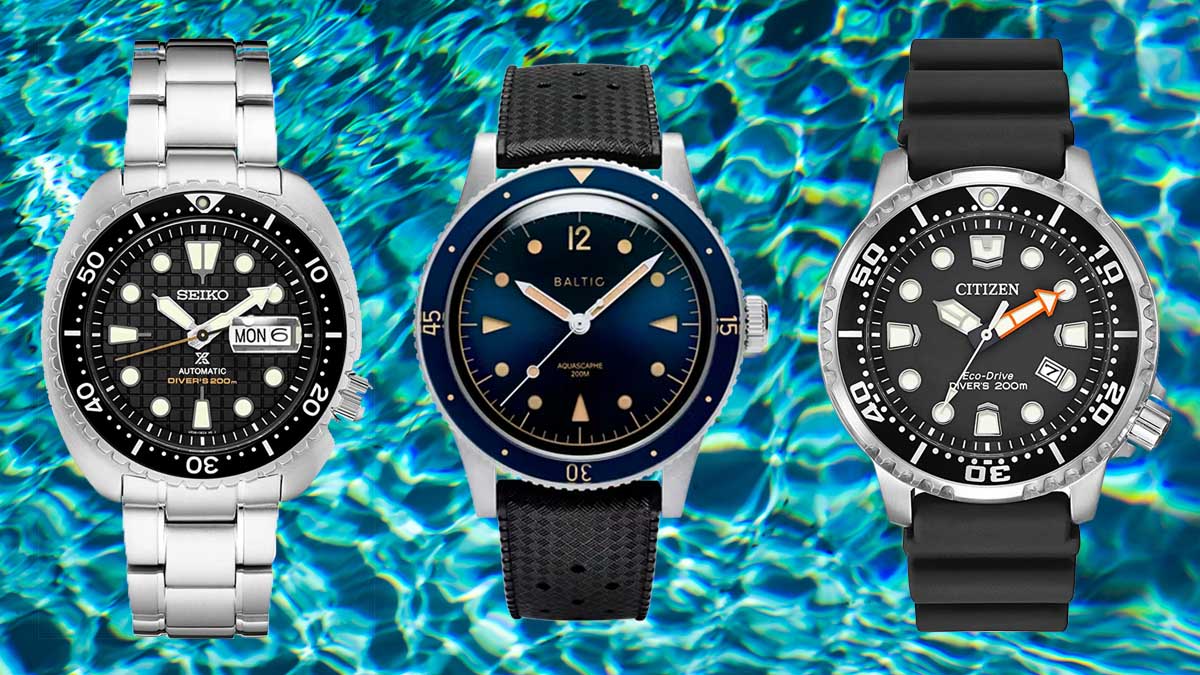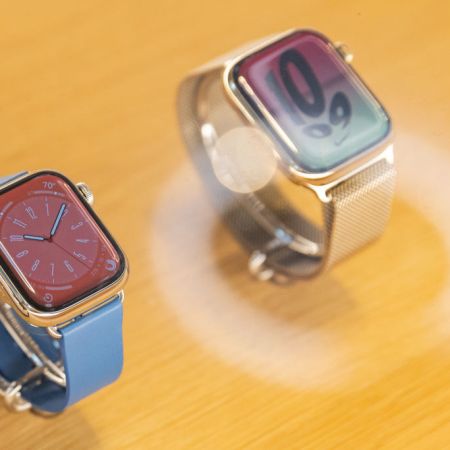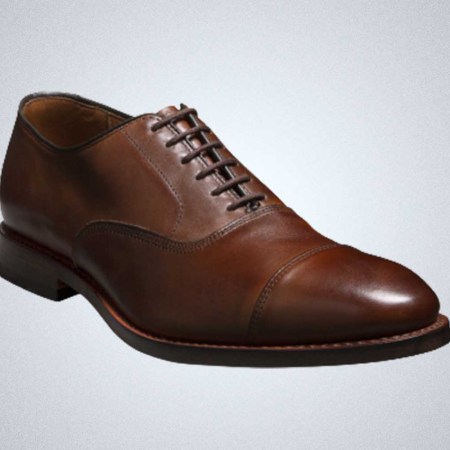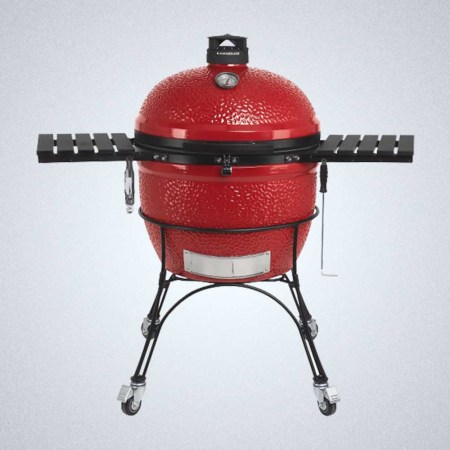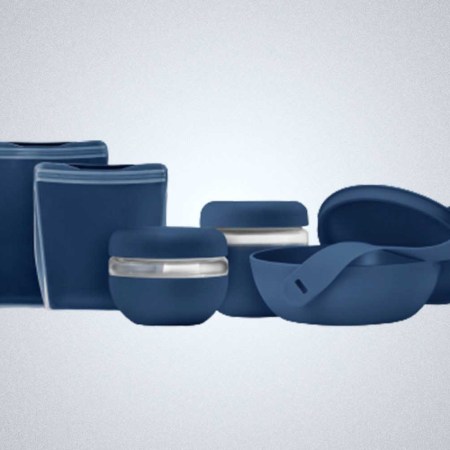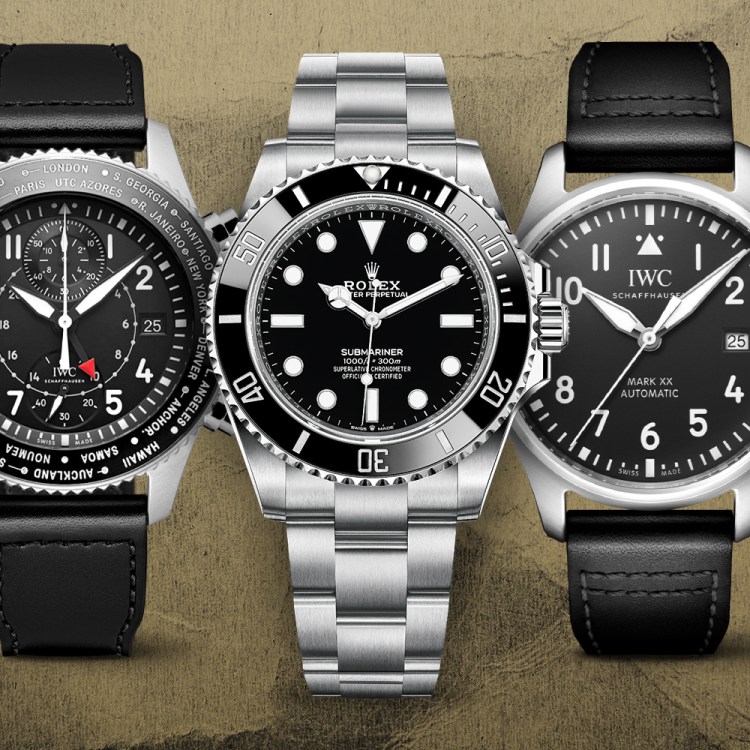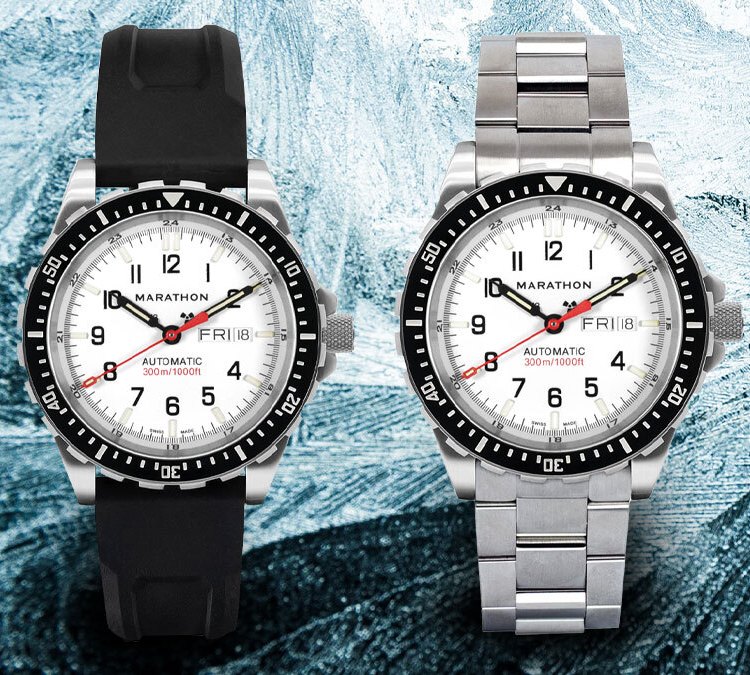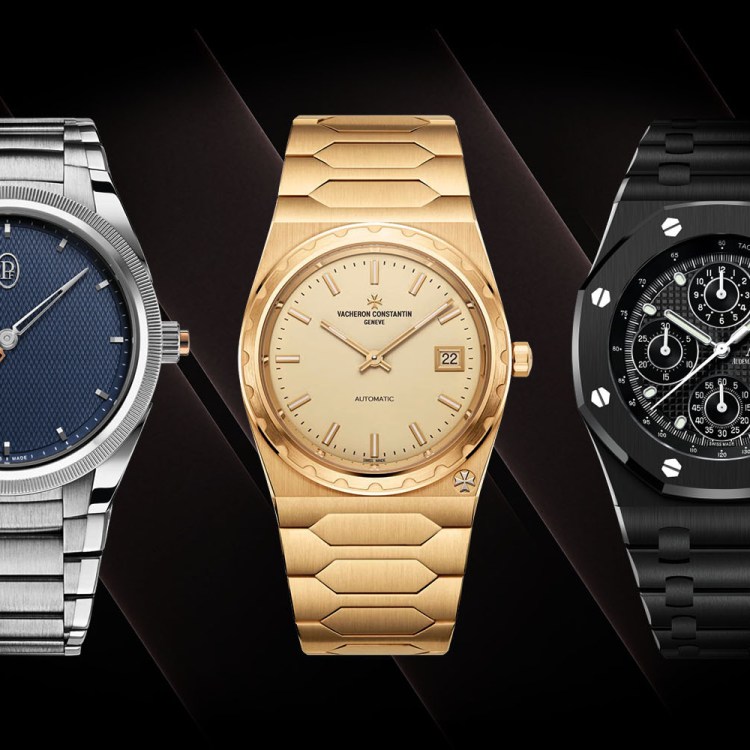If you peruse the greater “watch internet” with any regularity — our site, HODINKEE, Gear Patrol, Revolution, etc — you no doubt experience some degree of sticker shock on a fairly regular basis. Never mind finding a watch under $1000. What in tarnation makes a watch cost so much darn money, you might be asking yourself.
We get that.
Forget the cost of materials for a second, as we all know the basic arithmetic there: Stainless steel is commonplace and relatively affordable, while precious metals are expensive, and titanium and ceramic are generally somewhere in between. The truth is, it’s tough to fully account for the cost of savoir-faire, that magically ambiguous concept of “know how” that goes into making a watch a great watch. And it’s just as difficult to account for the price we attach to brand prestige.
The 12 Best Dive Watches Under $1,000, From Seiko to Unimatic
These high-performance timepieces look great and won’t break the bankA simple Rolex, for example, might be a stainless steel watch with a relatively straightforward movement devoid of decoration. Should it cost 4x what a similar piece from a different brand outfitted with a workhorse Swiss movement should cost? That’s tough to say. That little crown on the dial — everybody and their mother knows what that is. You can barter your way out of sub-Saharan Africa with that watch. The other watch? Maybe not so much.
But we digress. The point we’re trying to make is that, while this is all well and good, you certainly can buy a wonderful watch for less money — much less money, in fact — than what the top Swiss luxury brands are charging. In fact, we think you can get a “forever” watch for under $1,000. You just need to know what to look for.
What To Look for in a Sub-$1,000 Watch
Materials: You can get yourself a great watch made from uncommonplace materials — Marathon’s plastic-cased Navigator is a perfect example. But understand materials, what they cost (relatively speaking), and what they mean. For example, the differences between acrylic, mineral, and sapphire crystal make for a very different wearing experience, and under $1K, you’re gonna see quite a few mineral crystals.
Warranty: At under $1,000, you’re not quite in traditional “luxury watch” territory yet. (Don’t @ me if you disagree with that definition — I’m generalizing, OK?) More and more, the “luxury” brands are offering extended warranties that stretch into the 5- and even 10-year territory. Even if you can’t get your hands on such a warranty, it’s important to understand the terms of the one you’re getting with your watch. Make sure you feel comfortable with it.
Lug Width: Alright, maybe this is a niche consideration, but hear us out: A lot of the joy in many watches is being able to swap out the strap or bracelet — maybe for a more (or less) formal occasion, or simply when the original wears out. If your watch has a less common lug width — say, 19mm — your choices are going to be more limited. Investigate this before you purchase.
Use Case: What are you going to be using this watch for? It’s much easier at this price point to find a watch fit for a specific purpose, such as diving, or use outdoors, or for dressy occasions. Think carefully about what you need this watch to do and then look into things such as water resistance, the aforementioned lug width, but also how it might gel with the sort of things you generally wear on a day-to-day basis.
Movement Type: You can get yourself a perfectly serviceable automatic watch for under $1,000, but do understand that the movements used in such watches are often in the lower tier with respect to quality and accuracy. For example, the Seiko NH and NE-series movements are often used in watches under $1K, and they’re not nearly as accurate as an off-the-shelf Swiss movement such as an ETA-2824-2. If this doesn’t phase you, then the more power to you! Just know what you’re buying — do some research beforehand.
Key Terms
Bezel: A ring of metal that surrounds the dial. Sometimes this is simply a polished piece of the case, such as on a dress watch, and sometimes topped with an insert that’s inscribed with numbers and is used to measure elapsed time, speed, second time zones, etc. Some of these move unidirectionally, and some move in both directions depending upon the function of the bezel.
Bracelet: The piece that attaches the watch “head” to your wrist. This could be a metal bracelet, or a strap made of rubber, nylon, leather, or another material. (Leather straps shouldn’t be used underwater, however.) Certain watch bracelets, such as the Rolex Oyster used on the contemporary Submariner, have special claps that allow them to expand and fit over a wetsuit.
Crown: The round piece protruding from a watch case — often, though not always, on the right — that is used to set the time, date, and possibly other functions. On certain automatic watches, it can also be used to manually wind the movement. And on dive watches, it generally screws down to prevent water incursion into the watch case.
Crystal: The glass that covers the dial, this piece was made of acrylic for many decades. On certain less expensive watches, it’s made of mineral crystal, but these days, most divers feature a sapphire crystal. (Acrylic scratches easily but is easy to buff out; sapphire is basically scratch-proof. Mineral is somewhere in between.)
Dial: The part of the watch that tells the time, containing the markers and the hands. Also called a watch “face” — though “dial” is the word that’s used within the industry.
Lume: A term that encompasses the different types of luminescent material used to make a watch dial glow at night or in murky conditions. In the 1940s and 1950s, this material was still radium — a wildly radioactive compound. It was replaced with tritium in the 1960s, which was much less dangerous to handle. Eventually, in the late 1990s and early 2000s, non-radioactive LumiNova was used. These days, the compound used most frequently is Super-LumiNova, though certain companies have proprietary compounds, and a few even used tritium contained in small glass “microtubes.”
Markers: Also called indices, these are the bits on the dial that indicate numbers 1-12. Sometimes, such as on a Rolex Submariner, they’re round “plots,” while on other watches, they’re Arabic numerals, Roman numerals, or a mix of all of the above. On dive, field, and pilot’s watches, they’re almost always coated in luminous material. Markers can be painted or applied physically to the dial.
The Most Affordable New, Pre-Owned and Vintage Rolex Watches
These 10 options, from the Air-King to the Cellini Danaos, are the easiest way into the CrownMovement: The engine that makes the watch run and tell time. This could be mechanical, requiring hand-winding each day or every several days — though dive watches are almost never hand-wound; automatic, in which a small oscillating weight winds the watch while it’s being worn; or quartz, meaning a battery powers a tiny quartz crystal that regulates the timekeeping. (There are certain hybrid systems that meld these technologies together, but these three are most common.)
Water Resistance: Most modern dive watches adhere to the ISO 6425 standard and feature at least 100m of water resistance. (Many feature 200m or even 300m of water resistance.) In practice, 100m is plenty, as most recreational divers don’t venture past 40m in depth. Interestingly, many watch companies used to use the term “waterproof,” but this is no longer the case, and no timepiece can fully be considered 100% resistant to water incursion. (At some depth, it will fail.)
The Best Watches Under $1,000
- Casio G-SHOCK DW6900 ($52)
- Timex Q Timex ($179)
- Seiko 5 Sports Watch ($199)
- Dan Henry 1972 Maverick Chronograph ($350)
- Bulova Lunar Pilot ($379)
- Marathon Pilot’s Navigator ($450)
- Hamilton Khaki Field Mechanical ($495)
- Baltic Aquascaphe ($588+)
- Hamilton Classic Intra-Matic Auto ($845)
- Stowa Flieger Verus 40 ($964)

Casio G-SHOCK DW6900 ($52)
This watch almost never sells for its list price of roughly $80, and even if it did, it would be well worth it. There’s a reason military personnel the world over rely on these tough watches for use in the harshest environments: They’re lightweight and comfortable, they’ve got 200m of water resistance, they’re shock-resistant, they’re easy to operate, they’ve got more stopwatches and timing functions than you can shake a stick at, and they’re matte black and non-reflective. Even if you’re not a soldier, it’s tough to argue with the beautiful utility and accessible price of one of the world’s most popular watches.
Diameter: 52mm
Case Material: Resin
Bracelet: Rubber strap
Water Resistance: 200m
Movement: Quartz

Timex Q Timex ($179)
No list of the best watches under $1,000 would be complete without a Timex Q. One of the most popular releases of the past five years, the it’s proudly based upon vintage quartz-powered Timex models. The bi-color, Rolex-esque 12-hour bezel has no doubt propelled their soaring desirability amongst both aficionados and watch collecting newbies, but the spec sheet is otherwise actually rather impressive: The quick-access battery hatch makes changing batteries a cinch, plus you get a cool, mesh steel bracelet, a day-date display incorporated in handsome dial, and a domed, acrylic crystal. Available in tons of different colors, the Q Timex is a timepiece for the ages.
Diameter: 38mm
Case Material: Stainless steel
Bracelet: Stainless steel bracelet
Water Resistance: 50m
Movement: Quartz

Seiko 5 Sports Watch ($199)
It used to be that the Seiko SKX007 dive watch was on every list of the best watches under $1,000 — hell, they used to cost $200 all day long on Amazon. That watch has since been retired, but the new Seiko 5 Sports collection is here, and it kicks ass. You get a stainless steel watch with a matching bracelet and an automatic movement — the automatic Seiko 4R36. At 42.5mm, this isn’t a small watch, but it’s perfect for banging around, and 100m of water resistance is perfectly adequate for most activities.
Diameter: 42.5mm
Case Material: Stainless steel
Bracelet: Stainless steel bracelet
Water Resistance: 100m
Movement: Seiko 4R36 automatic
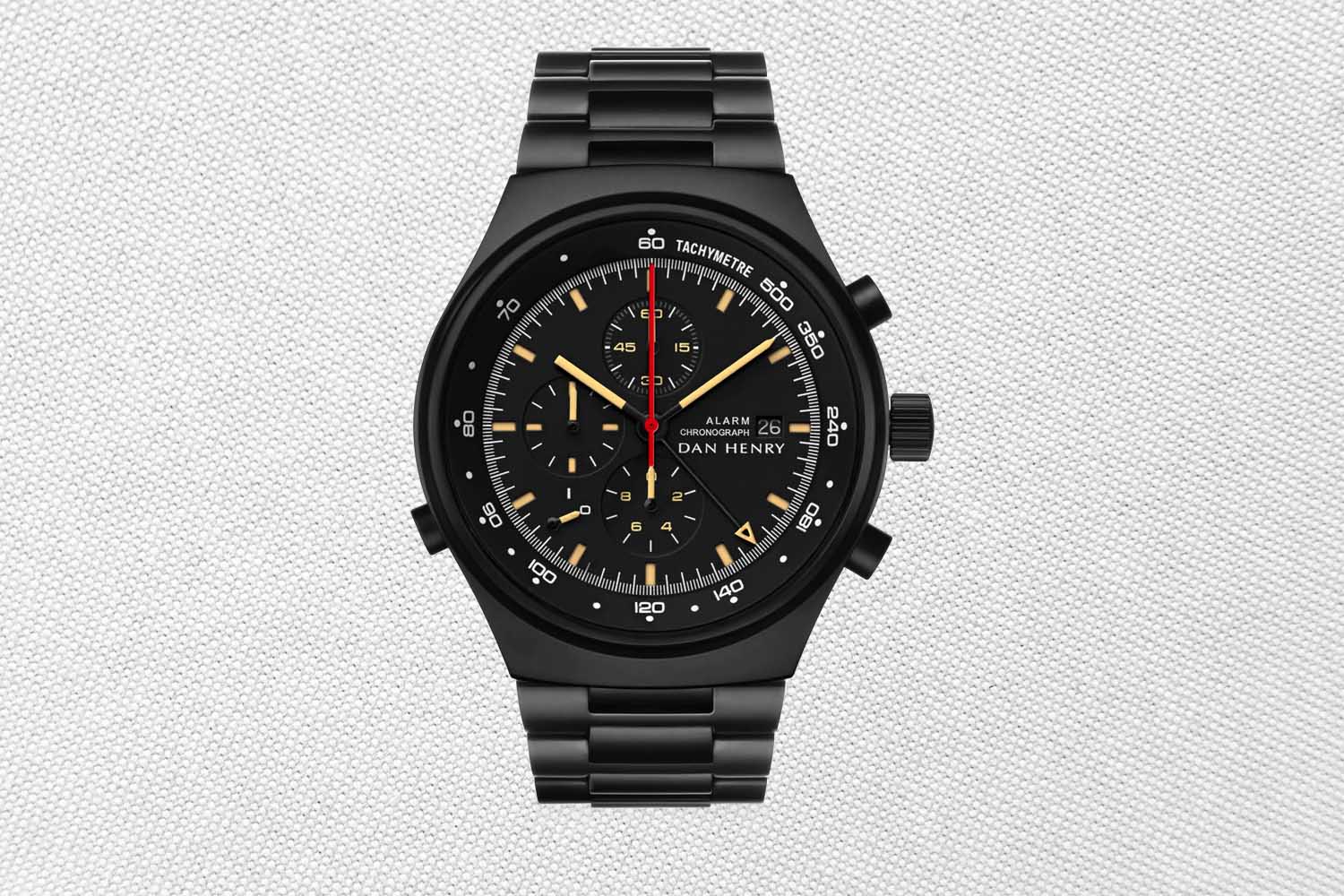
Dan Henry 1972 Maverick Chronograph ($350)
Dan Henry’s watch collection may be one of the most notable and interesting in the world, filled as it is with rare pieces. However, as a business, Henry manufactures ultra-affordable homages to classic watches, each of which clocks in at under $500. The 1972 Maverick Chronograph takes cues from classic, blacked-out Porsche Design/Orfina models, but adds modern twists and materials in the form of a Miyota quartz chronograph movement with an alarm complication, sapphire crystal, and more. Truly, for the money, this has got to be one of the best buys in all of the watch world.
Diameter: 41mm
Case Material: Black PVD stainless steel
Bracelet: Black PVD stainless steel
Water Resistance: 50m
Movement: Miyota 0S80 quartz

Bulova Lunar Pilot ($379)
Did you know that the Omega Speedmaster wasn’t the only watch to go to the Moon? The Bulova Lunar Pilot — not its original name, to be sure — was on the wrist of American astronaut Dave Scott when he stepped onto the lunar surface in 1971. (The crystal had popped off his issued Speedy — the Bulova was a backup.) Powered by a high-accuracy quartz movement operating at 262Hz, it’s easily among the coolest vintage-inspired chronographs today, and with lots of different strap options, it’s one of the best watches under $1,000 all day every day.
Diameter: 45mm
Case Material: Stainless steel
Bracelet: NATO strap (rubber and steel also available)
Water Resistance: 50m
Movement: High-accuracy quartz

Marathon Pilot’s Navigator ($450)
Designed at the request of an officer from Kelly Air Force Base in the 1980s, the asymmetric Pilot’s Navigator was built to withstand the rigor of flight and the punishing environment of the military parachutist. Housed within a super lightweight fibershell case and powered by a reliable, hi-torque quartz movement, it’s since become a classic military watch available in different colors and with different dials. Our recommendation? The black-cased version with a sterile dial and no-date. It’ll fly right under the radar — forgive the pun — and the 12-hour bezel can be used to track a second time zone.
Diameter: 41mm
Case Material: Fibershell
Bracelet: NATO strap
Water Resistance: 60m
Movement: ETA FØ6 quartz

Hamilton Khaki Field Mechanical ($495)
If we’re being honest, Hamilton has no shortage of pieces that could make a best watches under $1,000 list. But they really hit it out of the park in 2018 when it released the Khaki Field Mechanical, a hand-wound field watch in the tradition of the GG-W-113 timepieces it made for the American military in the 1960s, 1970s, and 1980s. Housed in a 38mm, matte stainless steel case and featuring the classic “dart” indices and modified sword handset of vintage models, it’s an exercise in aesthetic restraint — and boy, has it been a hit. These days, it’s available in myriad dial finishes, strap options, and more, but for our money, we’d go for one on a simple NATO strap, worn the way the vintage versions were worn in the field.
Diameter: 38mm
Case Material: Stainless steel
Bracelet: NATO strap
Water Resistance: 50m
Movement: Hamilton H-50 hand-wound

Baltic Aquascaphe ($588+)
Damn, is it tough to argue with this offering from boutique French brand Baltic. A vintage-inspired dive watch, it embodies the aesthetics of 1960s classics without veering too far into “homage” territory. Meanwhile, with regard to specs, it’s frankly stacked: You get a 39mm stainless steel case, a sapphire crystal, 200m of water resistance, multiple strap choices, and an automatic movement from Miyota. While we love the steel “beads of rice” bracelet, if you mean to do some serious diving with this thing, we might recommend going for a Tropic rubber strap instead. (Or, better yet, buy the watch on steel and then purchase a Tropic rubber strap separately. Then you’d have one of the best watches under $1,000 and a second strap option, still for less than a grand!)
Diameter: 39mm
Case Material: Stainless steel
Bracelet: Rubber strap (steel also available)
Water Resistance: 200m
Movement: Miyota 9039 automatic

Hamilton Classic Intra-Matic Auto ($845)
A good dress watch is the thing that separates the men from the boys. (I just made that up, but it sounded great in my head.) Anyway, here’s a killer dress watch for the money: This gorgeous offering from Hamilton is perfectly sized at 38mm — it’s legible, but won’t overwhelm your wrist and will slide right under a cuff — plus it’s got a beautiful, salmon-colored dial with a handy date window, and it’s powered by a Swiss automatic movement. With its calf leather strap and midcentury looks, this is the type of timeless timepiece that you can pass down to your kid one day.
Diameter: 38mm
Case Material: Stainless steel
Bracelet: Calf leather strap
Water Resistance: 50m
Movement: ETA 2892-2 automatic

Stowa Flieger Verus 40 ($964)
Stowa is a German manufacturer of classic pilot’s watch designs such as the famed “B-Uhren” — or “Flieger” — that originated during the Second World War. The Flieger Verus 40 is a comfortably sized, well built tool watch inspired by military originals that makes certain welcome compromises for the modern buyer: There’s a useful (but subtle) date window above 6 o’clock on the dial, for example, plus an automatic (rather than hand-wound) Swiss movement — which is visible via a sapphire display caseback — and Super-LumiNova lume. (If you’d prefer, the watch also comes in 42mm and 43mm versions with increased water resistance.)
Diameter: 40mm
Case Material: Stainless steel
Bracelet: Leather strap
Water Resistance: 50m
Movement: Sellita SW-200 automatic
This article was featured in the InsideHook newsletter. Sign up now.

